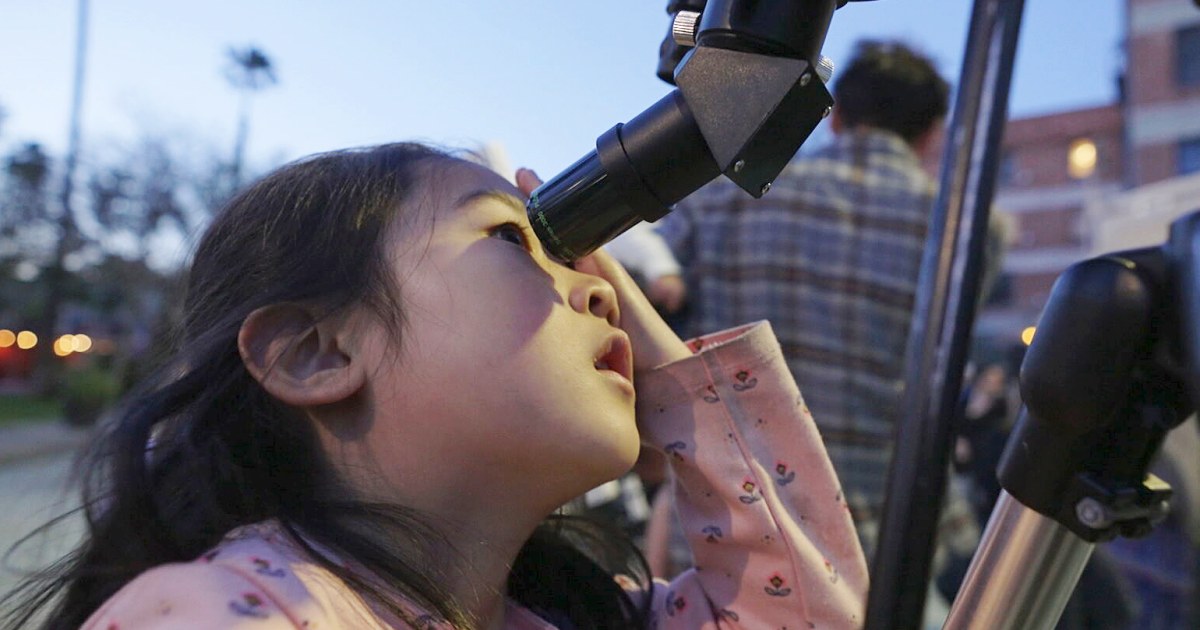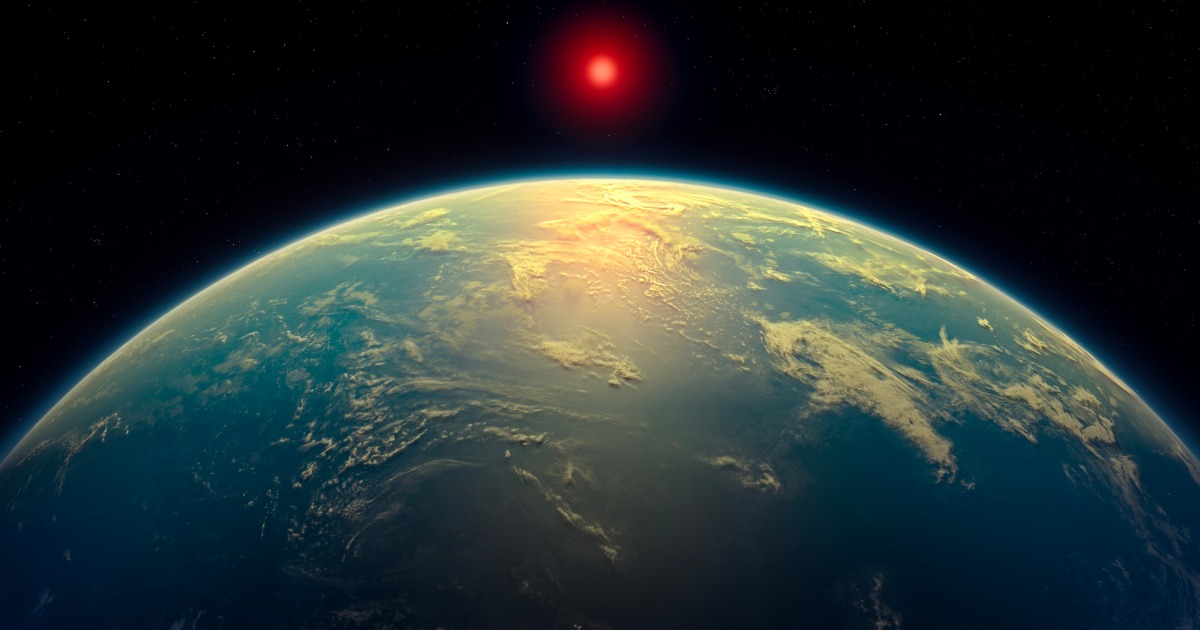
Sputnik 1
Sputnik 1 was the first artificial Earth satellite launched by the Soviet Union on October 4, 1957. It was a 58 cm diameter polished metal sphere, with four external radio antennas to broadcast radio pulses. The satellite completed an orbit of the Earth every 96.2 minutes, transmitting radio signals back to Earth that could be monitored by amateur radio operators. The launch of Sputnik 1 marked the beginning of the Space Age and the opening of a new era of exploration and discovery beyond our planet.
Your Previous Searches
Random Picks
- Resource Processing: Resource processing is the set of techniques and methods used to extract, refine, and process raw materials and resources in space. This includes extracting water from asteroids or the Moon, refining metals and minerals, and processing gase ... Read More >>
- Anisotropic Emission: Anisotropic emission refers to the uneven distribution of electromagnetic radiation from a source in space. This phenomenon occurs when the radiation is emitted in different directions with varying intensities. Anisotropic emission can be c ... Read More >>
- Turbojet Engines: Turbojet engines are air-breathing engines that use a compressor to compress incoming air, mix it with fuel, and ignite the mixture to produce high-velocity exhaust gases that provide thrust. The basic components of a turbojet engine includ ... Read More >>
Top News

Easter's date remains divisive. Some church leaders want that to change...
Eastern and Western churches will celebrate Easter on the same day this year, while marking 1,700 years since the Council of Nicaea unified Christian doctrine...
News Source: ABC News on 2025-04-19

In a city of stars, Los Angeles astronomy club makes sure to keep looking up...
LOS ANGELES — While Los Angeles is home to the biggest stars in the world, a monthly get-together is proving that the city’s rich and famous have nothing on the universe....
News Source: NBC News on 2025-04-18

This week on "Sunday Morning" (April 20)...
A look at the features for this week's broadcast of the Emmy-winning program, hosted by Jane Pauley....
News Source: CBS News on 2025-04-17

Scientists detect strongest hints yet of life on a distant planet...
Scientists have detected unique chemical patterns similar to those produced by the Earth's algae and seaweed — raising the possibility of the presence of a warm ocean, perhaps teeming with life, on ...
News Source: NBC News on 2025-04-17

Is there life on another planet? Scientists find the strongest evidence yet...
Near a planet far, far away astronomers have found traces of chemicals that on Earth are only produced by living beings....
News Source: Al Jazeera English on 2025-04-17